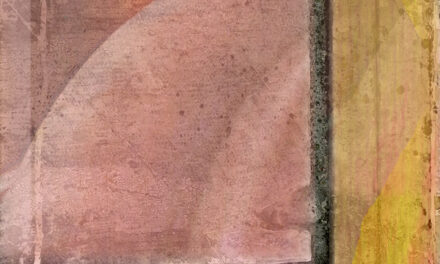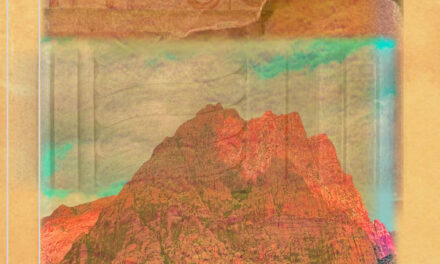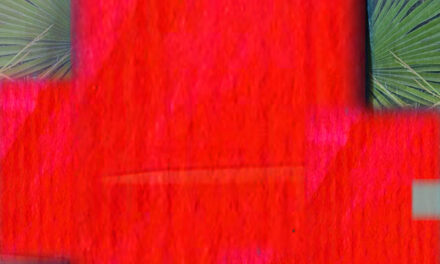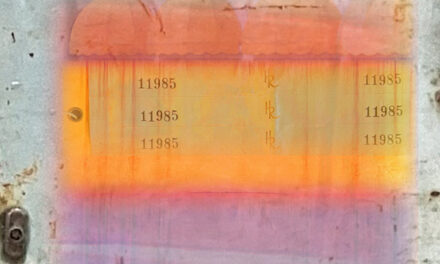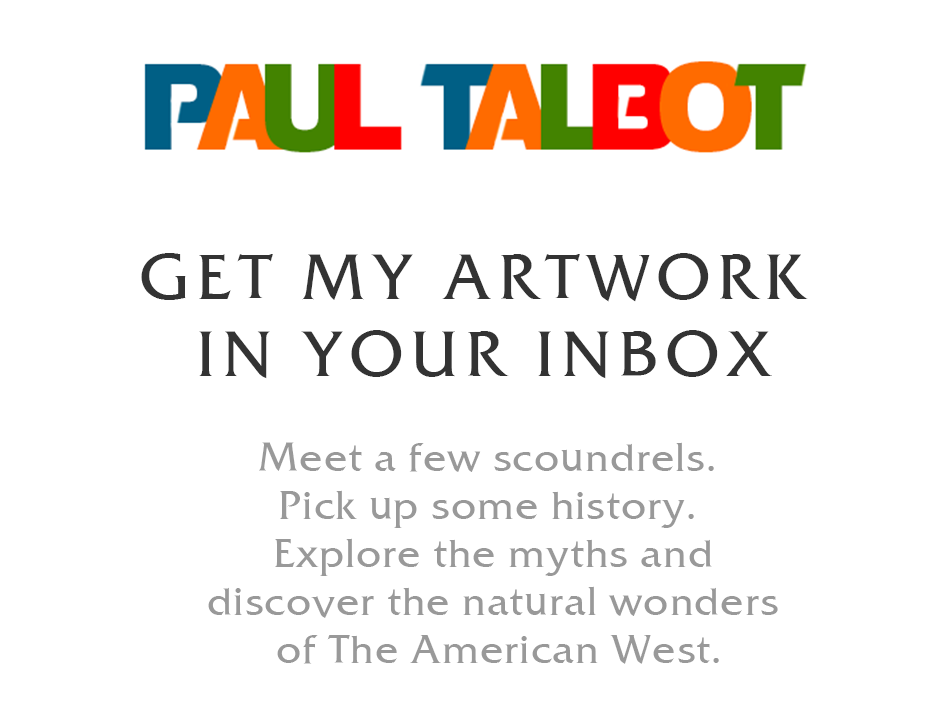Baaj Nwaavjo I’tah Kukveni is our new National Monument.
The name has been drawn from two native languages, Havasupai and Hopi.
The Havasupai Baaj Nwaavjo translates into “where tribes roam” and the Hopi I’tah Kukveni means “our footprints.”
The 917,618 acres of land are in Arizona, near the Grand Canyon. The designation of the new National Monument shuts a door which, for decades, has swung open and closed on uranium mining.
…
It may be too late.
Since 1999, when miners sank a shaft into an aquifer on nearby US Forest Service land, more than 40 million gallons of wastewater has been pumped out.
This water is laced with uranium and arsenic. It seeps into shallow aquifers nearby, then finds its way to deeper ones such as the Redwall-Muav aquifer.
The Redwall-Muav aquifer is the source of the largest spring in the Grand Canyon.
…
It’s not as if we have done a superb job protecting the Grand Canyon since it became a National Monument in 1908.
There’s been quite a bit of damage, some of it irreparable. We have torn apart some of the Grand Canyon’s ecosystems. Nutrients essential for fish and wildlife, who live in and along the Colorado River, have all but vanished because of the Glen Canyon Dam upstream.
The Glen Canyon Dam has changed the composition and quality of the river water by blocking the natural flow of sediments.
Historic patterns of the river’s flow have been altered. Currents have been rearranged, which has damaged and destroyed Colorado River beaches and sandbars in the canyon.
The water temperature has changed so radically two species of fish have vanished.
In 1903, on one of his visits to the Grand Canyon, President Theodore Roosevelt made his intentions unmistakable.
“The Grand Canyon fills me with awe. Keep this great wonder of nature as it is. Do nothing to mar its grandeur, for the ages have been at work upon it. Keep it for your children, your children’s children and all who come after you.”
…
The mining industry takes a somewhat different view of The Grand Canyon than President Roosevelt.
Rather than feeling filled with awe, it tries to fill us with fear.
Lobbyists were dispatched to find a villain. They dragged back Vladimir Putin.
The miners’ lobbyists have crafted a flawed and flimsy scenario of fear. They claim we’ll be forced to buy uranium from Russia if we can’t tap into reserves adjacent to the Grand Canyon.
We have been buying uranium from Russia for decades. We also import uranium to fuel our nuclear reactors from Canada, Kazakhstan and Australia.
There’s something else the National Mining Association and its lobbyists don’t appear anxious to mention.
The land we’re protecting in the Baaj Nwaavjo I’tah Kukveni National Monument is home to just 1.3% of America’s uranium reserves.
So we’re left to wonder why the National Mining Association is so stirred up.
Why has it decided to call Baaj Nwaavjo I’tah Kukveni, our new National Monument, “unwarranted?”
There’s something else we can’t help but wonder.
How would the conversation go if Mitch Krebs, Chairman of the Board of the National Mining Association, were to sit down for a chat with Teddy Roosevelt?


